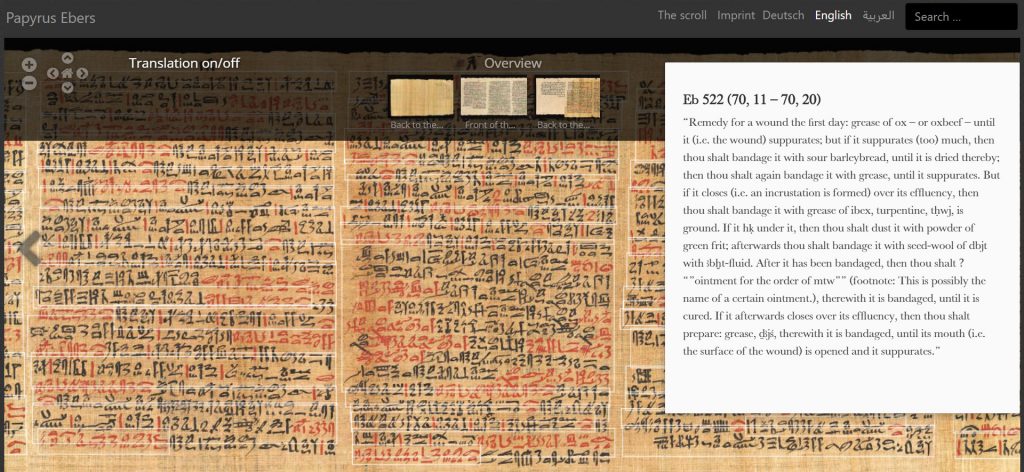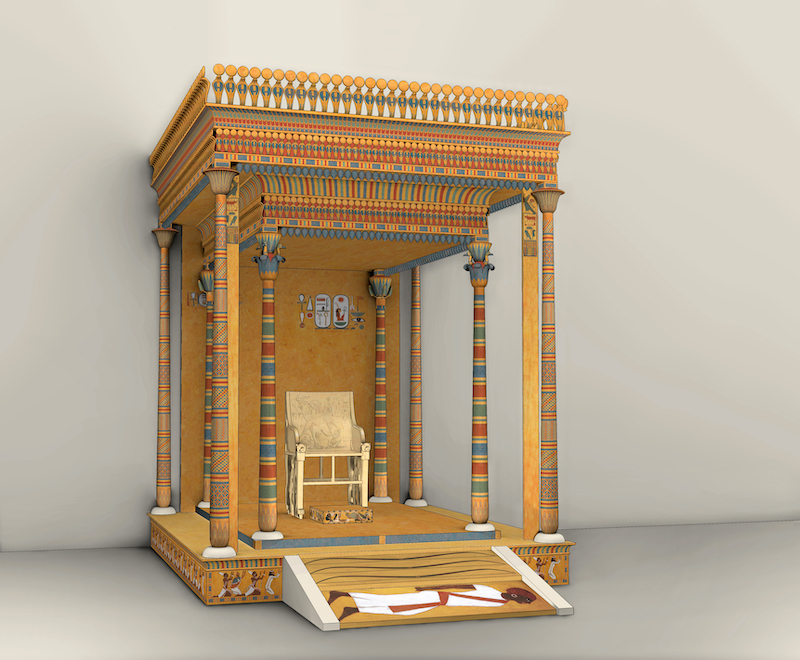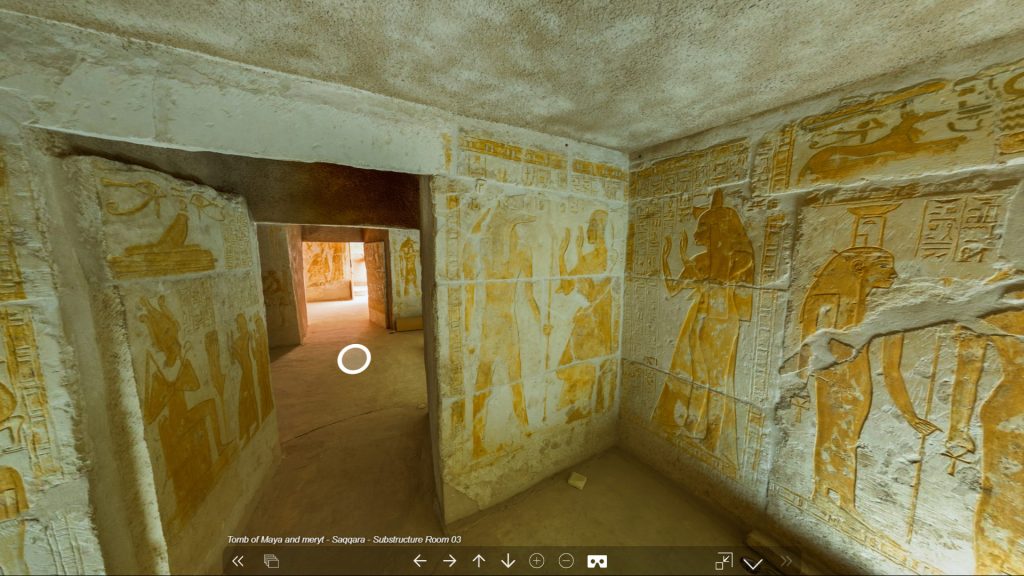Digital Egyptology news can now be followed at my website https://digitalegyptology.org/
Following up on last time’s rant, I here present the latest in Digital Egyptology!
Search museum collections
Perhaps you have heard by now of the awesome Cleo project, which uses AI to search within four big museum collections: the National Museum of Antiquities, the Metropolitan Museum of Art, the Walters Art Museum and the Brooklyn Museum. The database is still in beta version, but the larger it grows, the better it will be. Currently, you can search over 45,000 objects by text, image or location. Read an interview with creator Heleen Wilbrink.
Digital epigraphy
The Chicago House Epigraphic Survey launched a website about Digital Epigraphy, going beyond their already great open access monograph. This website regularly posts reviews, tutorials and projects that make use of the technique. An indispensable resource and you can also contribute.
Digital papyrus
I really like how Leipzig University is digitally presenting the medical Papyrus Ebers. You can zoom in to this high resolution photo and toggle the translation on to see what’s written in each section. It would be even cooler if you could also see the transcription into hieroglyphs, the transliteration and an explanation of the more enigmatic recipes for the various aches described in the papyrus. But definitely a step in the right direction!

The translated papyrus Ebers
3D reconstructions
As you know I love me a good 3D reconstruction of ancient structures and if you feel the same, be sure to follow the Virtual Malqata project. 3D reconstructions are here to stay, and they continue to become more scientifically researched. A paper detailing the reconstruction process can be read here. Also check out this short video.

The reconstructed baldachin of Amenhotep III
Likewise, see this paper on the virtual reconstruction of the Sun Temple of Niuserra. It makes use of photogrammetry scans and a new approach called Building Information Modelling. It demonstrates the use of 3D modeling to test different hypotheses about the original structures.
Another example from Proyecto Djehuty shows how a relatively simple 3D model can give a much clearer idea of the external and internal structure of a tomb. Furthermore, some cool photogrammetry models, including a funerary garden and big pile of mummies and pottery, can be found here.
On a grander scale, the French have impressively reconstructed the fortress of Buhen in 3D. But without explanatory academic paper or annotations, this remains merely a sensational addition to a documentary:
The fortress of Buhen rising from the water
Online course
After the Blue Symposium and A History of Egypt in Six Objects series, Manchester University now comes with the Yellow Symposium. In six short video lectures, experts each present an aspect of ancient Egyptian culture within an overarching theme. Personally I enjoy podcasts more, because they allow you to better concentrate on the story, which the History of Ancient Egypt podcast does very well. Voices of Ancient Egypt uses animated video instead. Which do you prefer?
Virtual tour of Saqqara tombs
And last but not least, two virtual tours have been added to the Saqqara website featuring the tombs of Horemheb and Maya. They use 360˚ photography to let you stroll around inside these gorgeous structures and look at some of the detail on the wall reliefs. It’s a pity that a lot of the protective cases inside the tomb of Maya remain locked, but do take a look inside the decorated substructure!

Inside the substructure of Maya

Great and helpful site!